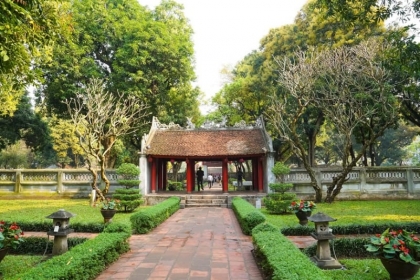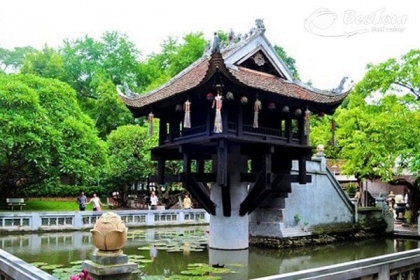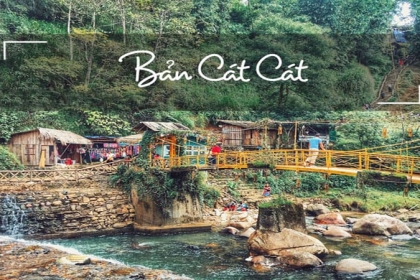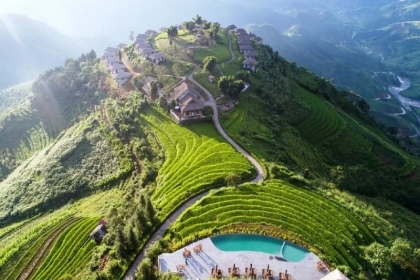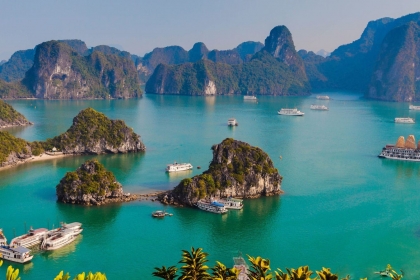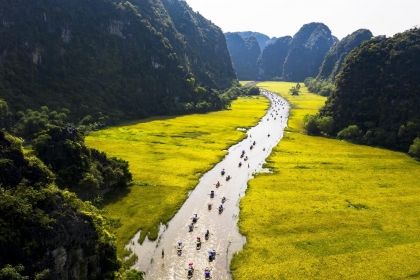Ngoc Son Temple
introduce
Location: Located on the island of Hoan Kiem Lake, Ngoc Son, Hanoi.
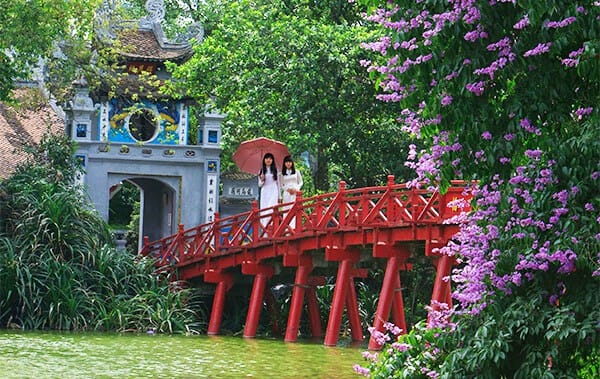
Features: Despite being a complete new architecture temple, Yushan Temple is a typical spatial and architectural artifact.
The featured attraction
is the ancient statue of Daoyu Mountain, which is called Turkey (Elephant Ear). King Nguyen Van Le Thai wanted to move the capital to Thang Long Island and it was named Ngoc Tuong and Tran Duc Leong was renamed Ngoc Son Island respectively. It has a temple erected to honor those heroes who died in the war against the Mongol invaders. Many days after the temple collapsed. Supply by the then Le Hurong (1735-1739), Lord Zheng Bang Cui Qing, and built two mountains on the land known as Dao Ngoc Mountain and Ngoc Mountain Boi Mountain opposite the east bank. His last Le Thuy Khanh provided Emperor Le Chao Thong was destroyed. A philanthropist named Tin Trai had built a pagoda called Yushan Pagoda to offer Qing Cui to the old temple. In the second year of Nguyen Van Thieu Trin (1843), a charity took up the spire, rebuilt the main motor space, and both sides of the suite placed objects in the church of King Wenchang, and renamed Ngoc Son Temple (Wenchang Jianwu Life Quality, 25-55 AD in China, Posthumously named the God of Literature Civil Service Examination).
.jpg)
According to the book "Ha Qingzhou Ancient Spirit", from Yile, Yushan Island is related to the Imperial Temple, famous for the lifelong loyalty of the Three Kingdoms (China). When Wang Le and Zheng Zhu used the navy lake, the temple was regarded as a holy place for martial arts. Hanoi brings group coordination to enjoy in the church next to the statue of Tran Saint. However, "by evaluating the history of Kham" in Vietnam, it is the object of Le Le, whose selfless spirit founded and saved Princess Le.
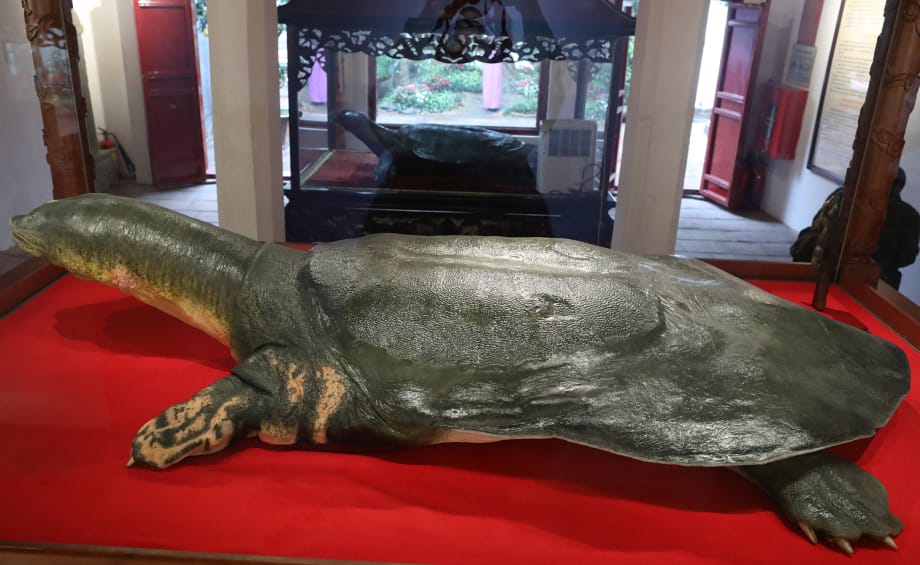
In the eighteenth year of Tu Duc's reign (1865), scholar Nguyen Van Chao stood out among the houses he decorated. The temple will repair the surrounding rock and build more land and embankments, build Chen Deliangba, and call the Keqiao from the east coast bridge to the north. On Lao Yuboi's mountain, he built a stone pagoda with a brush on the top of the pagoda, and the pagoda itself was engraved with three characters "Dacheng Qingtian" (written in the blue sky), which is now commonly called a pen pagoda. Next door is a book called Radio Research, which has been set up to be half an inkstone and half a longitudinal study, using a team of three frogs. Research is engraved on the card regarding the level of research used in philosophy. Later generations praised it as: the best home radio pen. From both sides of the wall's outer entrance, the dragon on the table's side, and the tiger on the inside of the table, the two tables symbolize people passing on their noble names, giving more to the artist, trying to learn through electronics.
The name Keqiao means that it beautifully retains the rays of the sun. Keqiao leads to the gate of Yushan Temple. The main temple consists of two interconnected temples, the first temple in Beitang, Chenxingdao and Wenchang. The statue of Wenchang stood up, holding a pen placed on the harem base about 1 meter high, with two stone steps on both sides. Nam Tran Tak Leong Pa (strike, though - this shows that the pillars stand between the unhealthy waves of contemporary culture). The square pavilion has eight roofs, two floors on the roof, eight columns supporting four stone columns, and four columns of wood. These characters are enshrined in the temples of Wenchang King, Lu Dongbin, Fan Quan, Zhang Ting, Chen Xingdao, and also worship Amitabha. This represents the concept of the coexistence of three religions in Vietnam.
.jpg)
The combination of Ngoc Son Temple and Hoan Kiem Lake creates an architectural master-human merger that creates ancient beauty, harmony, affixed to the temple and lake, evoking a sense of harmony between humans and nature. The temple and the lake have become remnants of historical memories that evoke the ancient sense of national pride, patriotism and spiritual legitimacy before the survival of the Vietnamese nation.







